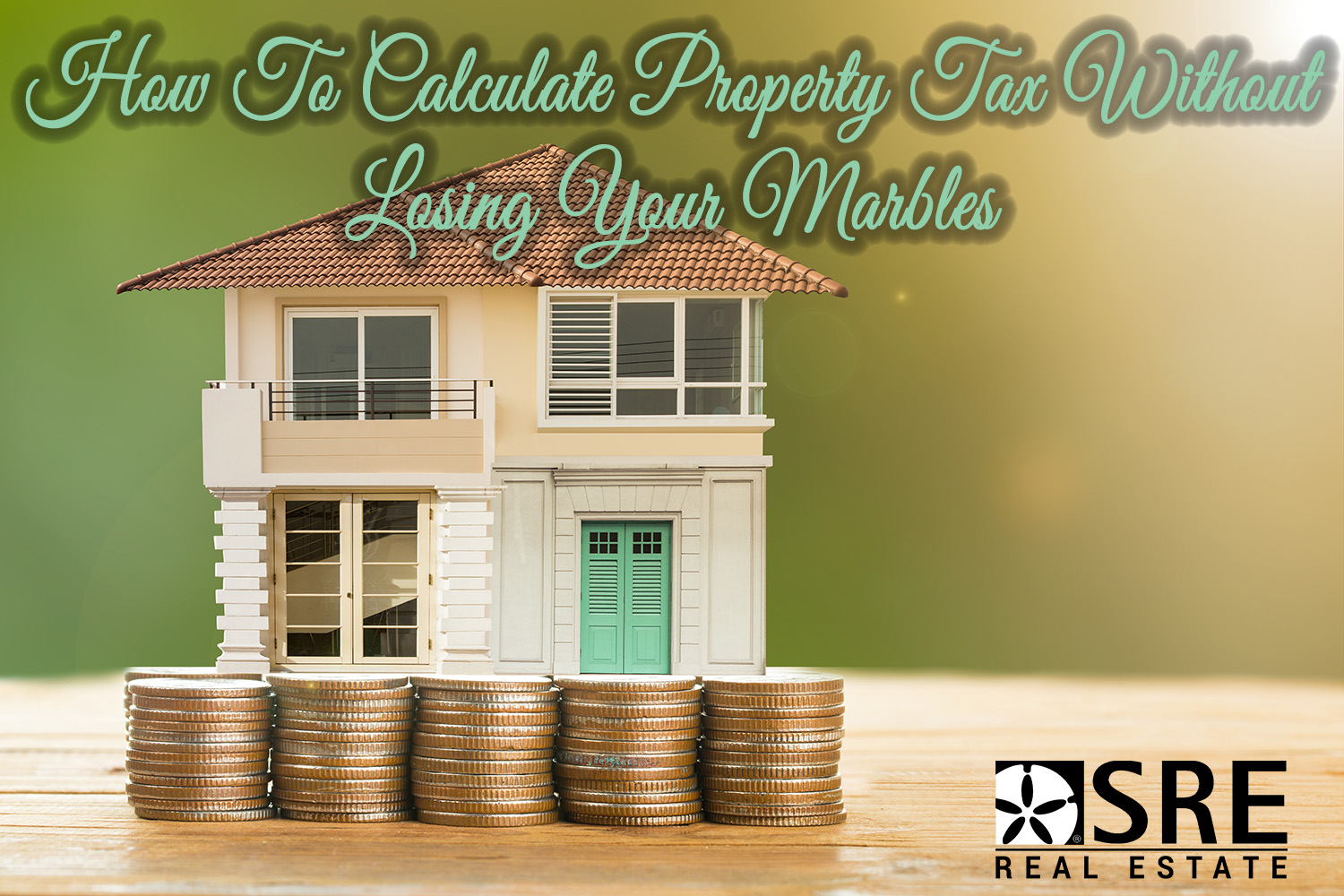
Most people know that home-ownership requires coughing up copious amounts of money. There’s your mortgage, of course, but the costs hardly end there. You will also have to pay property tax. But how much? That depends not only on your home, but also where you live.
Here’s how to calculate property tax so you don’t end up blindsided by this hefty homeowner expense.
What is a home’s assessed value?
One factor that affects your property taxes is how much your home is worth. You probably have a good understanding of your home’s market value—the amount of money a buyer would (hopefully) pay for your place. (You could also enter your address in a home value estimator to get a ballpark figure.) Still, tax municipalities use a slightly different number; it’s called your home’s assessed value.
Tax assessors determine a home’s assessed value every time a property is sold, bought, built, or renovated by examining the permits and paperwork filed with the local municipality. They’ll look at basic features about your home (like the acreage, square footage, and number of bedrooms and bathrooms) and also compare your home with similar properties nearby.
Sometimes a home’s assessed value will be strikingly similar to its market value—but that’s not always the case, particularly in heated markets. In general, you can expect your home’s assessed value to amount to about 80% to 90% of its market value. You can check your local tax assessor or municipality’s website or call their office for a more exact figure for your home. You can also search by state, county, and ZIP code on publicrecords.netronline.com.
What’s a mill levy?
In addition to knowing your home’s assessed value, you will need to know another number called a mill levy. That’s the tax rate for your area, and it varies greatly based on the public amenities offered. If you have a public school, police force, full-time fire department, and plenty of playgrounds and parks, your mill levy will be higher than a town without them (hey, you get what you’re taxed for).
Your area’s mill levy can be found on your local tax assessor or municipality website, and it’s typically represented as a percentage—like 4%. To calculate your taxes, you merely multiply your home’s assessed value by the mill levy. So if your home is worth $200,000 and your mill levy is 4%, this would mean you’ll pay about $8,000 in taxes per year.
Where to find property taxes
Thankfully, in many cases you may not have to calculate your own property taxes. You can often find the exact amount (or a ballpark figure) you’ll pay on listings at realtor.com®, or else you can enter a home’s location and price into an online home affordability calculator, which will not only estimate your yearly taxes but also how much you can anticipate paying for your mortgage, home insurance, and other expenses.
Posted by Support Staff on
Leave A Comment